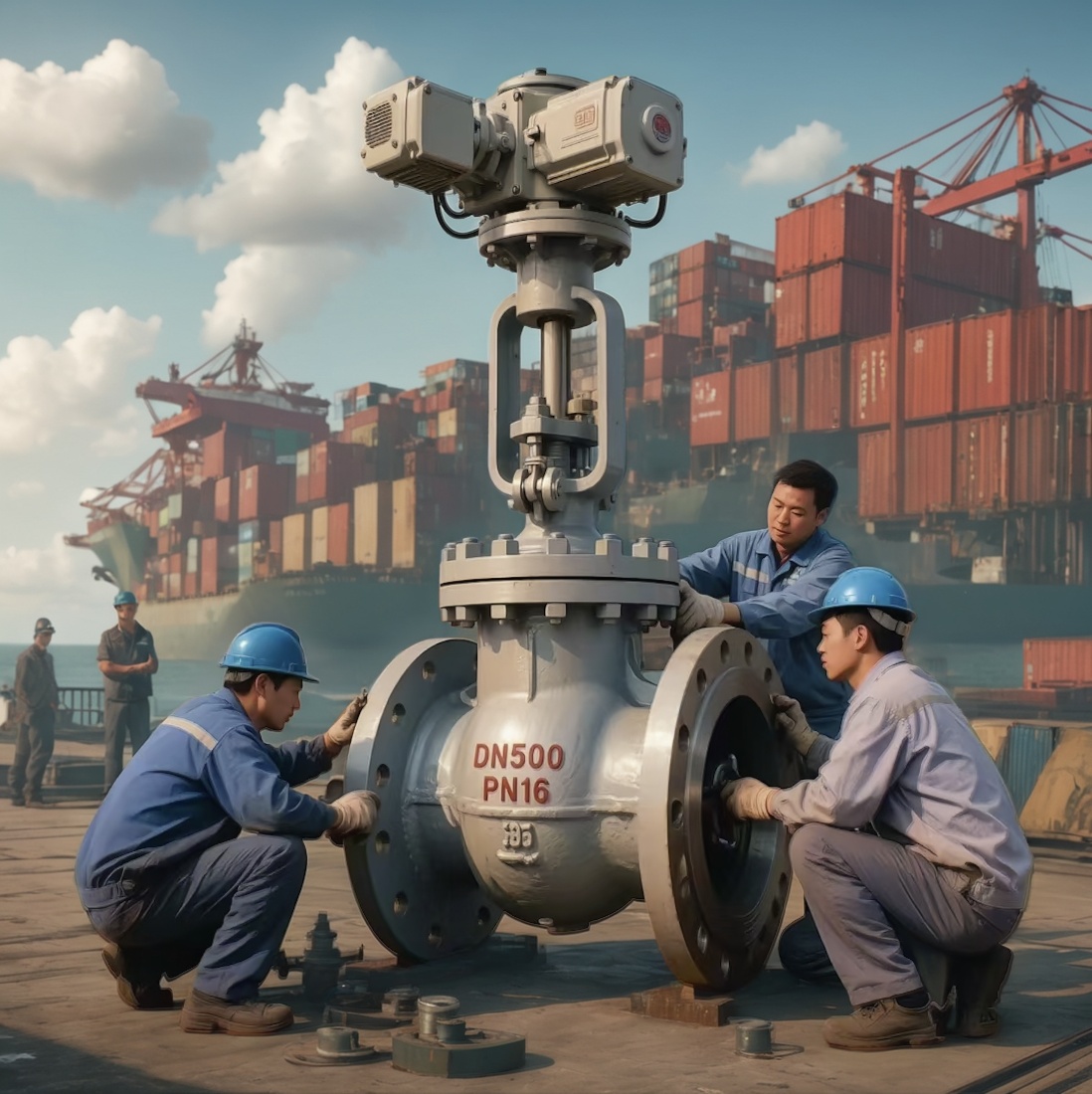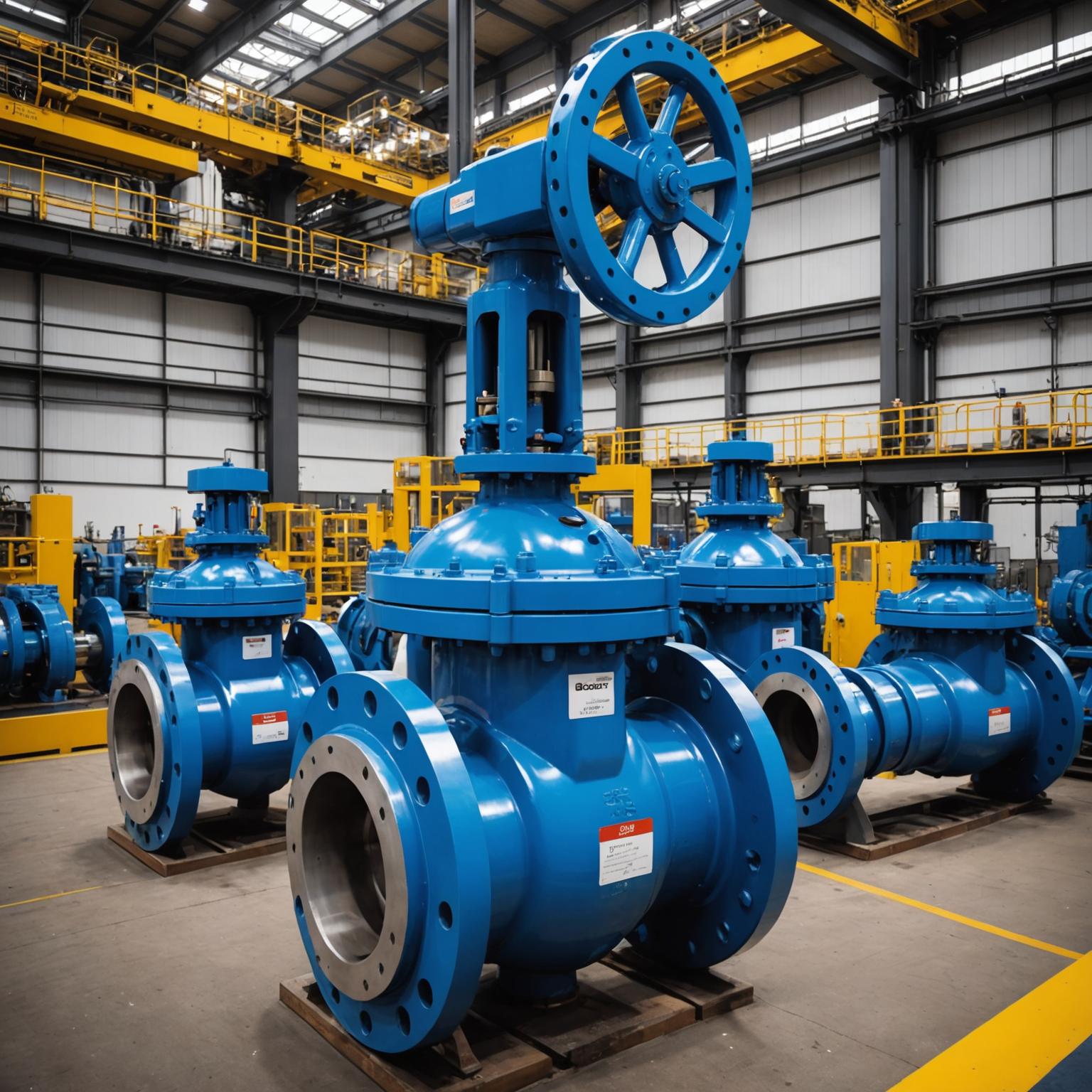The Backbone of Industrial Fluid Systems
In the heart of sprawling industrial landscapes, from the bustling decks of massive cargo ships to the intricate networks of municipal water systems, lies a critical component that ensures precision, safety, and efficiency: the Regulating Valve. These remarkable devices are the unsung heroes of fluid dynamics, meticulously engineered to manage the flow, pressure, and direction of liquids and gases. They are not merely on/off switches but sophisticated instruments that provide the nuanced control required for complex operations. Without their ability to finely tune the movement of substances through vast pipeline networks, many of the modern industrial processes we rely on would be impossible to manage, making them a cornerstone of heavy-duty applications across the globe.

The Art of Precision: Mastering Valve Regulation
At its core, the function of these devices is built around the principle of valve regulation. This isn’t about simply opening or closing a pathway; it’s about the ability to maintain specific conditions within a system by making incremental adjustments. A gate valve, for instance, achieves this by raising or lowering a solid gate to obstruct or permit flow. This gradual movement is crucial for preventing water hammer and other pressure surges that could damage pipelines and connected equipment. True precision in valve regulation allows operators to hit exact flow rates or maintain a constant pressure, which is vital in processes where even minor deviations can lead to significant consequences. This level of control is achieved through masterful engineering, ensuring that every turn of a wheel or every signal to an actuator translates into a predictable and reliable change in the system’s dynamics.
Titans of Industry: The Indispensable Role of Flow Control Valves
Flow control valves are the workhorses deployed in the most demanding environments imaginable. In the maritime and shipping industries, they are subjected to constant humidity, saline air, and the relentless motion of the sea. Therefore, their construction must be uncompromising. Materials are chosen for their exceptional corrosion resistance, ensuring a long and reliable service life even when constantly exposed to seawater. A powerful example is the heavy-duty DN500 PN16 gate valve, a behemoth designed for large-scale fluid management. Its body, often finished with a metallic sheen, is a testament to the high-quality materials used, while its robust, expertly bolted construction guarantees an airtight seal, preventing leaks and maximizing operational efficiency. These are not just parts; they are indispensable assets for controlling ballast water on ships, managing cooling systems in industrial plants, or directing resources at busy port terminals.
The Dawn of Automated Control: Electric Actuators
Modernization has brought a new level of sophistication to these essential components through automation. The integration of an advanced electric actuator completely transforms the functionality of flow control valves. What once required manual adjustments on-site can now be controlled remotely with pinpoint accuracy. This marriage of mechanical strength and smart technology empowers operators to manage entire systems from a central control room, improving safety and response times. An actuator, pre-installed and weatherproofed for durability, can execute complex commands, making it ideal for deployment in harsh offshore conditions or on the exposed decks of vessels. This automation enhances the precision of valve regulation, allowing for pre-programmed sequences and real-time adjustments that optimize performance and conserve resources.
A Closer Look: The DN500 PN16 Heavy-Duty Gate Valve
The sheer scale of a valve like the DN500 PN16 is a spectacle of industrial might. The DN500 designation refers to its nominal diameter of 500mm, an immense opening designed to handle massive volumes of fluid with minimal restriction. This makes it perfectly suited for high-capacity pipelines where significant throughput is a daily requirement. Complementing this is the PN16 pressure rating, which certifies that the valve can safely withstand operating pressures up to 16 bar. This robust engineering ensures stable and reliable performance even under the high-stress conditions found in industrial pumping stations or deep within the hull of a supertanker. Every aspect of its design speaks to durability and strength, from its thick-walled body to the meticulously machined internal components.
Engineered for Seamless Integration
The practical genius of such a large Regulating Valve extends to its installation and maintenance. It features large, strategically positioned flanges that are designed for a straightforward and secure connection to existing pipelines. These flanges, with their standardized bolt patterns, ensure a tight, leak-proof fit when installed by skilled professionals. This focus on ease of integration is critical in industrial settings, as it minimizes downtime during installation or servicing. The ability to quickly and securely incorporate such a vital component into a larger system means operations can get up and running faster, and maintenance cycles can be completed with greater efficiency, a crucial advantage in industries that measure downtime in significant financial losses.
The Unsung Heroes of Global Infrastructure
Ultimately, a heavy-duty Regulating Valve is more than just a piece of industrial hardware. It is the backbone of immense operational networks that power global trade and sustain critical infrastructure. Whether stationed aboard a titanic cargo vessel navigating the world’s oceans or integrated into the complex web of pipes at a major port, these valves perform their duty silently and tirelessly. They are the guardians of flow, the masters of pressure, and the enablers of modern commerce and industry. The presence of these powerful flow control valves ensures that everything from industrial cooling to the loading and unloading of liquid cargo happens with the reliability and precision that our interconnected world demands.

